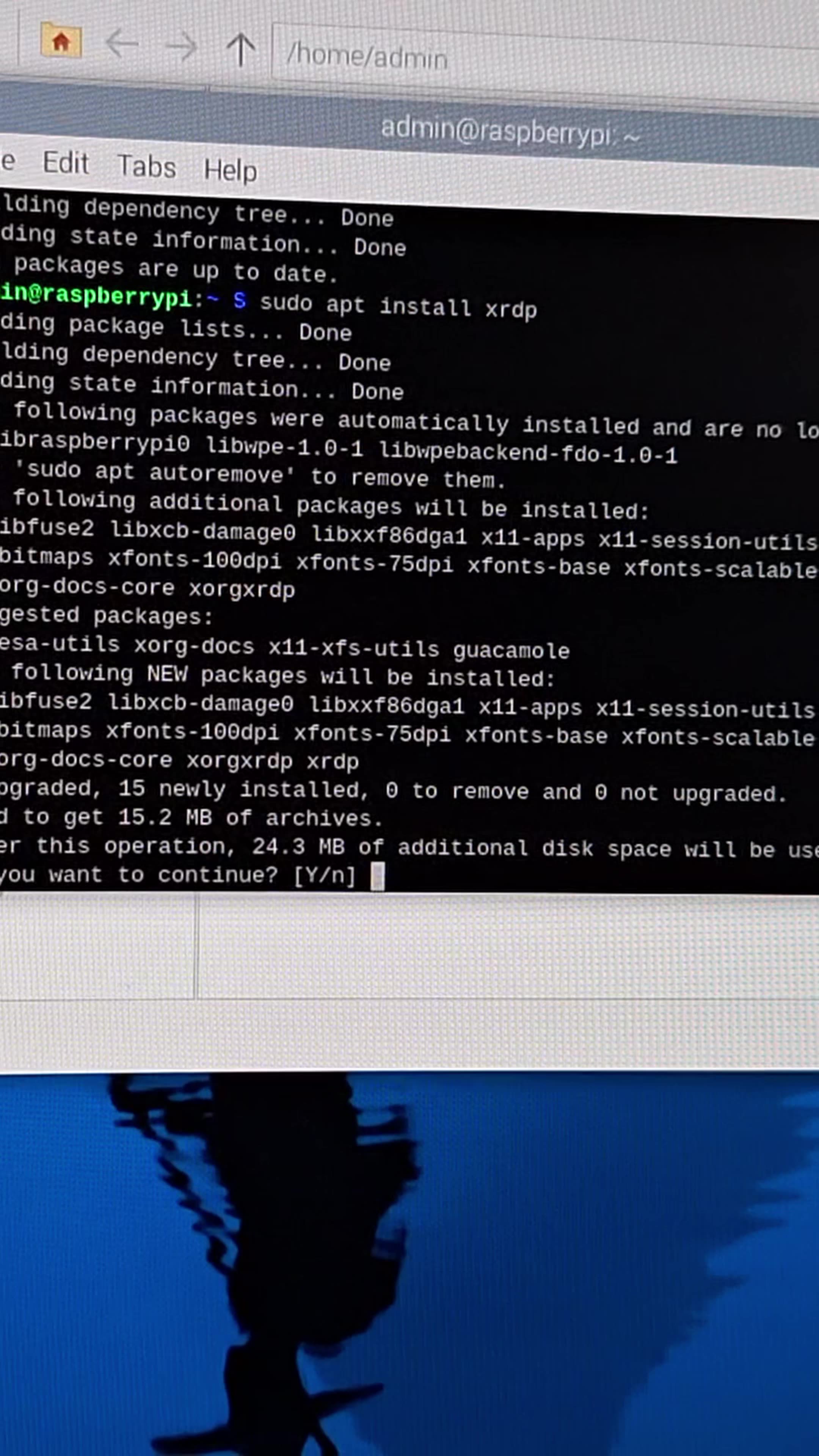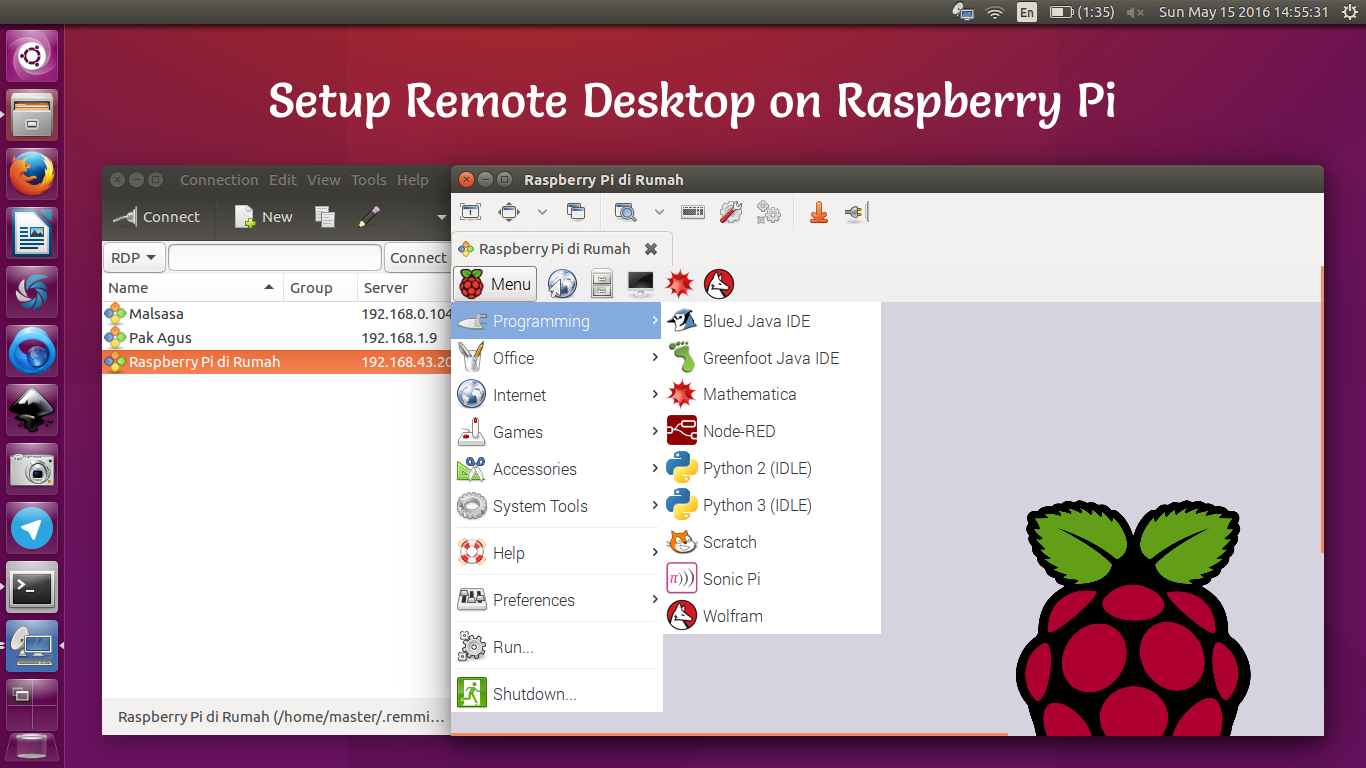Getting your small computer, like a Raspberry Pi, to talk to you from a distance can feel like a real puzzle. Many times, these clever little devices sit tucked away behind your home internet box or a company’s network defenses. That, you know, can make it a rather big problem when you want to check on them or make changes without being right there.
The Raspberry Pi, with its many uses and a price that makes it easy to get, has become a central piece in countless small, connected projects. Still, the trick often comes in setting up a steady and safe way to get to it from far away, especially when the Pi is placed behind a router, which is typically the case.
Putting together a way to reach your Raspberry Pi from a distance, even when it is behind a router, opens up a whole lot of chances for people who like to tinker, for those who build things, and for anyone keen on technology. This way of doing things means you can keep your projects running well, in a safe manner, and they can grow with your ideas, too it's almost.
- Who Are Libra Most Compatible With
- Abby And Brittany Hensel Sad News
- Emma St James Real Name
- Gerard Butler Real Estate
- Mia Khalida Latest
Table of Contents
- What Makes Remote Access Raspberry Pi Behind Router Tricky?
- How Can You Get to Your Raspberry Pi Without Port Forwarding?
- What is Secure Shell (SSH) for Remote Access Raspberry Pi Behind Router?
- What is Virtual Network Computing (VNC) for Remote Access Raspberry Pi Behind Router?
- Setting Up Your Raspberry Pi for Remote Access
- Router Settings for Better Remote Access Raspberry Pi Behind Router
- Opening Up New Possibilities with Remote Access Raspberry Pi Behind Router
- Getting Started with Remote Access Raspberry Pi Behind Router
What Makes Remote Access Raspberry Pi Behind Router Tricky?
Trying to handle a Raspberry Pi when it is placed behind a firewall or a network address translation (NAT) router can present a very big problem for tasks that need control from a distance or for keeping things in good shape. This is especially true if you do not have a public internet address for your device. Usually, your home router acts like a kind of guard, making sure only expected traffic comes in and out. This guard often stops direct attempts to link up with devices on your home network from the wider internet, so.
Changing the settings on a virtual private network (VPN) or a firewall can be a bit of a bother if the Raspberry Pi is behind a company's network defense system. Such systems typically do not let regular SSH or VNC links pass through. This means that even if you know what you are doing, getting those connections to work might mean asking for special permissions or making changes that are not always allowed or easy to do, which can be a bit of a snag, you know.
The core of the problem often comes down to how your home or office network talks to the outside world. Most home networks use a single public internet address for many devices inside. The router then sorts out which internal device gets which piece of information. This method, while good for general internet use, makes it hard for someone on the outside to say, "I want to talk to *that specific* Raspberry Pi." There is no clear path directly to it without some extra steps, basically.
- Where Tehran Is Located
- Iran Population Density Map
- Paleseafoam Of Leaked
- How Old Is Aj From Backstreet Boys
- A J Hawk Dates Joined
How Can You Get to Your Raspberry Pi Without Port Forwarding?
You can find out how to link up with your Raspberry Pi or other small connected device in a safe way over the internet, from a distance, without needing to set up what is called "port forwarding." This traditional method of opening specific doors in your router can sometimes feel a bit risky or just too involved for many people. Instead, there are ways that avoid poking holes in your network defenses, so you can keep things more private.
This guide will look at some of the best ways to set up remote connected devices when they are behind a router for your Raspberry Pi. This helps make sure your projects work well, are safe, and can get bigger if you want them to. A key idea here is using a middleman service that helps your Pi talk to you, even when it is hidden away. This method helps to get around the usual blocks put in place by routers and firewalls, as a matter of fact.
One way this works is by having a small piece of software, often called an "agent," run on the device you want to reach, like a Raspberry Pi. This agent keeps a steady link open to a shared server that is out on the public internet. Think of it like your Pi calling home to a special switchboard and keeping the line open. This means your Pi is reaching out, rather than you trying to break in, which is a bit of a different approach.
To link up with your device, you simply send out a request for an SSH link to that public server. The server then passes your request down a channel that keeps information private, right to your device. This means you do not need to know your Pi's direct public internet address, or change your router settings to let connections in. It is a bit like sending a message to a friend through a trusted messenger who knows exactly where to find them, even if you do not know their exact street number, you know.
What is Secure Shell (SSH) for Remote Access Raspberry Pi Behind Router?
Secure Shell, or SSH, gives you a safe way to get a terminal session on your Raspberry Pi. This means you can type commands directly into your Pi as if you were sitting right in front of it, but you are doing it from anywhere with an internet link. It is a powerful way to manage your device, especially for tasks that do not need a visual screen, basically.
With SSH, you can send individual commands to your Raspberry Pi or even send a whole set of jobs at once from a web portal. This is very handy for tasks like updating software, checking on system health, or starting and stopping programs without needing to see the desktop. It is a quick and simple way to keep your projects running smoothly, really.
What is Virtual Network Computing (VNC) for Remote Access Raspberry Pi Behind Router?
Virtual Network Computing, or VNC, gives you a safe way to see and control the desktop screen of your Raspberry Pi. If you are someone who prefers a visual way to work, or if your project needs you to interact with a graphical interface, VNC is a good choice. It is like having your Pi's screen show up on your computer, no matter where you are, you know.
Using a VNC client, you can control that small computer from anywhere over the internet. This is great for setting up new software that has a visual setup process, or for just seeing what your Pi is doing in a more familiar desktop view. It gives you a lot of freedom in how you interact with your device, so.
Setting Up Your Raspberry Pi for Remote Access
To get started with this kind of remote access, all you need is another computer, a local network connection, and the local internet address of your Raspberry Pi. The local address is what your Pi uses to talk to other devices on your home network, not what the outside world sees. Finding this address is usually the first small step, actually.
You can often find your Raspberry Pi's local internet address by checking your router's list of connected devices. Most routers have a web page you can visit to see all the gadgets currently linked to your network, and their assigned addresses. Look for something that says "connected devices" or "DHCP clients," and your Pi should be listed there, by the way.
Once you have that local address, you will open the terminal on your Raspberry Pi itself, or you can link up with your Raspberry Pi using SSH while you are on the same local network. From there, you will put in place the remote IoT service, which is the small piece of software that helps your Pi make that steady link to the public server. Pinggy.io is one example of a service that provides such a tool, just for instance.
This article will lead you through putting together remote SSH access for small connected devices that are behind a router, using a Raspberry Pi and free tools that work on Android phones. This combination makes it quite simple to get things going, giving you choices for how you connect to your projects, you know.
Router Settings for Better Remote Access Raspberry Pi Behind Router
The right way to set up your router is a very important part of making a good remote IoT system for your Raspberry Pi that is free to use. It makes sure that your remote access is both steady and safe. While the agent-based methods we talked about earlier often mean you do not need to change your router much, understanding how your router works can still be helpful for general network health, basically.
Even without port forwarding, a router that is set up well helps keep your local network working as it should. This includes things like assigning local addresses and helping devices talk to each other inside your home. A router that is not set up quite right might cause small hiccups, even for methods that do not rely on direct incoming connections, so.
Checking your router's list of devices is a good way to keep track of what is connected and to find your Pi's local address if you ever need it. This simple check can save you time and help you confirm that your Pi is indeed on your network and ready to make its outgoing link to the remote access service, which is very helpful, you know.
Opening Up New Possibilities with Remote Access Raspberry Pi Behind Router
Putting together the best remote IoT setup for your Raspberry Pi when it is behind a router is a liberating experience that opens up a great many chances for new ideas and for taking charge of your projects. It means your small computer is no longer tied to one spot, but can be controlled from almost anywhere, which is pretty neat.
This kind of remote control gives tech fans and people who build things a lot of freedom and a strong sense of oversight. You can check on sensors, flip switches, or gather information from your Pi, whether you are at home, at work, or on a trip. It gives you a way to keep your projects alive and working, no matter where you are, you know.
The core idea here is to make your projects work well, in a safe manner, and in a way that they can get bigger if you want them to. This means you are building a system that is not just functional for today, but can also grow with your ideas and needs tomorrow. It is about making sure your efforts pay off in the long run, and that you have a solid base for future creations, as a matter of fact.
Getting Started with Remote Access Raspberry Pi Behind Router
We want to encourage you to share your experiences and what you have learned in the comments area below. What remote IoT projects have you put together with your Raspberry Pi? Sharing your stories helps others who are just starting out, and it helps everyone learn more about what is possible with these small computers, you know.
By getting a good grasp of this set of instructions, anyone can get good remote desktop access to their Raspberry Pi from anywhere using SSH or VNC over the internet. Then, they can use a VNC client to control that tiny machine. This means your Pi's screen can be right there on your computer, no matter how far away you are, which is quite useful, honestly.
Start building things, trying out new ideas, and making links. Your remote IoT project journey starts right now. The tools and methods are ready for you to use, making it simpler than ever to connect with your Raspberry Pi, even when it is tucked away behind your home network. It is time to make your ideas happen, so.
This set of instructions has looked at some of the best ways to get free remote SSH IoT solutions for a Raspberry Pi that is behind a router. It gives you the information and things you need to do well. From setting up your network to making sure things are safe, you will learn how to make your setup work its best, you know.
Related Resources:



Detail Author:
- Name : Blanche Runolfsson
- Username : lawson32
- Email : alisa.murazik@yahoo.com
- Birthdate : 2005-05-23
- Address : 294 Shanny Camp Apt. 547 Alizaland, PA 56035
- Phone : +1 (309) 720-6057
- Company : Casper Group
- Job : Computer Programmer
- Bio : Alias aut qui esse rerum quasi. Unde doloribus consequuntur eos. Rerum repellendus minus fugiat est.
Socials
twitter:
- url : https://twitter.com/scottywillms
- username : scottywillms
- bio : Delectus nulla quisquam voluptas quasi aut. Debitis repellendus velit in.
- followers : 112
- following : 1496
instagram:
- url : https://instagram.com/scotty.willms
- username : scotty.willms
- bio : Omnis et est esse enim est et. Nam et ullam ipsa accusamus. Sit officia quae suscipit.
- followers : 5473
- following : 2603
facebook:
- url : https://facebook.com/scotty_willms
- username : scotty_willms
- bio : Et totam amet est quibusdam pariatur vero ipsa.
- followers : 5277
- following : 716
tiktok:
- url : https://tiktok.com/@willms1982
- username : willms1982
- bio : Assumenda enim vel magni. Facilis cupiditate sed dolorem ad ipsum et sunt.
- followers : 4405
- following : 2040
linkedin:
- url : https://linkedin.com/in/swillms
- username : swillms
- bio : Sint blanditiis eum sequi laborum.
- followers : 3118
- following : 1640